-
Membership
Membership
Anyone with an interest in the history of the built environment is welcome to join the Society of Architectural Historians -
Conferences
Conferences
SAH Annual International Conferences bring members together for scholarly exchange and networking -
Publications
Publications
Through print and digital publications, SAH documents the history of the built environment and disseminates scholarship -
Programs
Programs
SAH promotes meaningful engagement with the history of the built environment through its programs -
Jobs & Opportunities
Jobs & Opportunities
SAH provides resources, fellowships, and grants to help further your career and professional life -
Support
Support
We invite you to support the educational mission of SAH by making a gift, becoming a member, or volunteering -
About
About
SAH promotes the study, interpretation, and conservation of the built environment worldwide for the benefit of all
SAHARA Highlights: Museums in the Middle East
Nov 4, 2020
by
Jacqueline Spafford and Mark Hinchman, SAHARA Co-Editors
This month’s Highlights revisit the rich subject of museum architecture, of which SAHARA holds an enormous variety. In March we featured museums in the Americas, this month we revisit the subject to look at museums in the Middle East. The contributions range from archaeological site museums to Classicism to Brutalism and beyond. SAHARA members have traveled to and photographed in major cities and remote regions, and, as always, we are grateful for these contributions. Please consider using your remote work time to enrich the collection further.
To see more SAHARA content: http://sahara.artstor.org/#/login
To learn more about contributing, visit: http://www.sah.org/publications-and-research/sahara
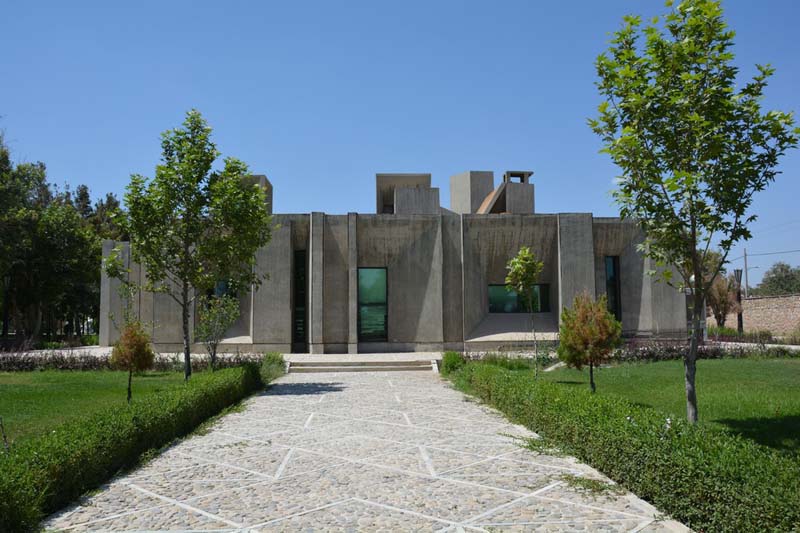
Houshang Seyhoun, Ferdowsi Museum, Tus, Iran, 1964-68, restored 2005. Originally designed as a visitor center at the Tomb of Ferdowsi, in 1982 it was designated a museum focused on the Shah Nameh and its author. Photograph by Sahar Hosseini, 2013.
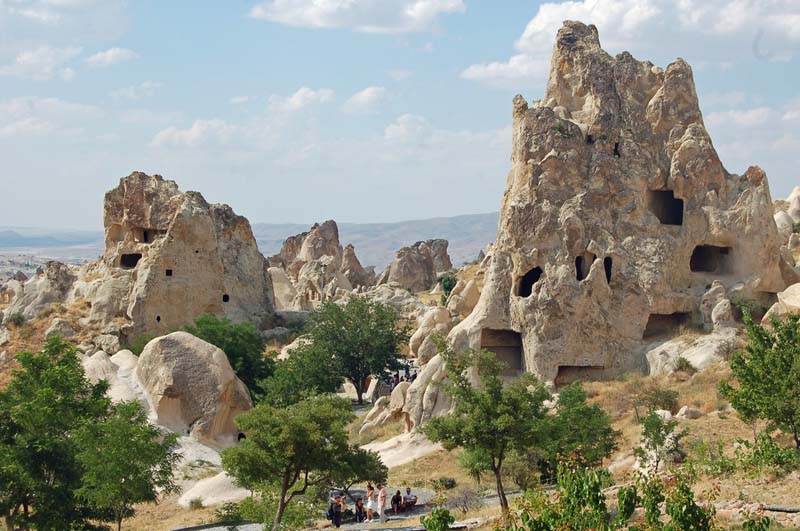
Rock-cut churches and natural rock formations at the Göreme Open Air Museum, Cappadocia, Turkey. The churches were created in the 10th-12th centuries.The museum has been on the UNESCO World Heritage List since 1984. Photograph by Dell Upton, 2009.
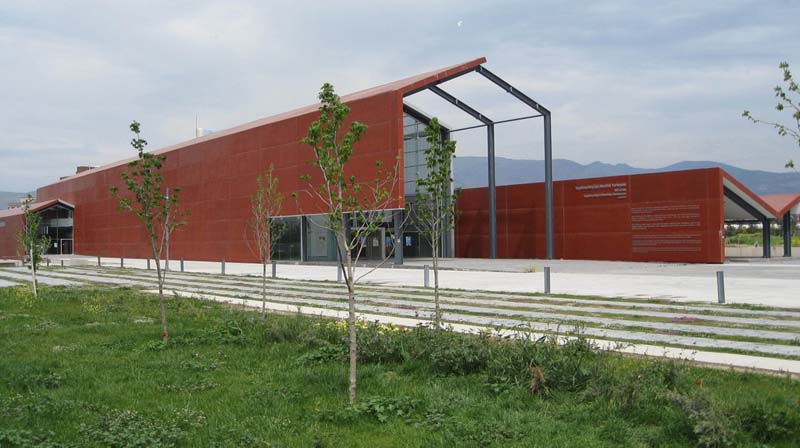
Evren Başbuğ, Museum of Prehistoric Life, Izmir, Turkey, 2010-14. (Also known as Yeşilova Neolithic Settlement, Visitor Center and Archaeological Research Facility.) Photograph by Emre Gönlügür, 2015.
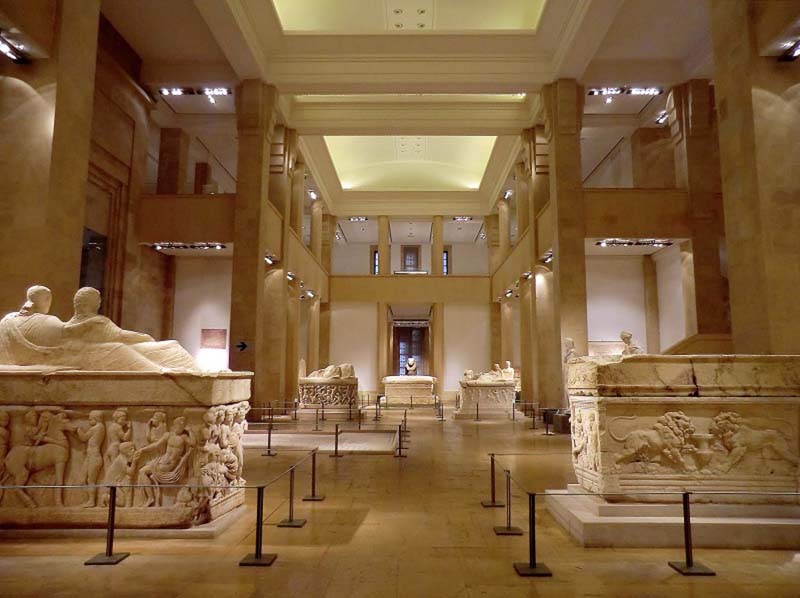
Antoine Nahas and Pierre Leprince-Ringuet, National Museum of Beirut, Lebanon, 1930-42. Photograph by Lisa D. Schrenk, 2010.
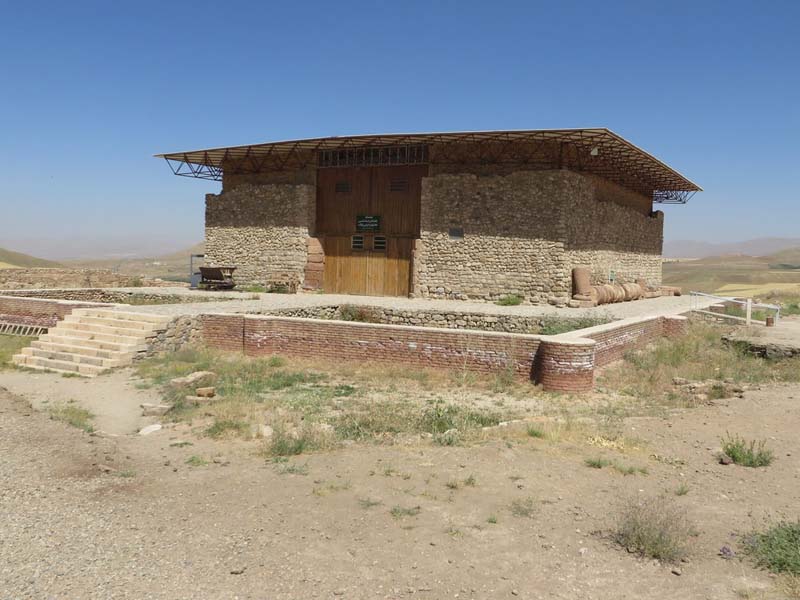
Museum at Takht-e Soleymān (Fire Temple of Knights), Takab, West Azarbaijan, Iran, 6th-13th centuries (museum is late 20th century). The site, which includes a palace complex, a Zoroastrian sanctuary rebuilt in the Ilkhanid period, and a temple dedicated to Anahita built in the Sasanian period, is a UNESCO World Cultural Property. Photograph by Lorenzo Vigotti, 2013.
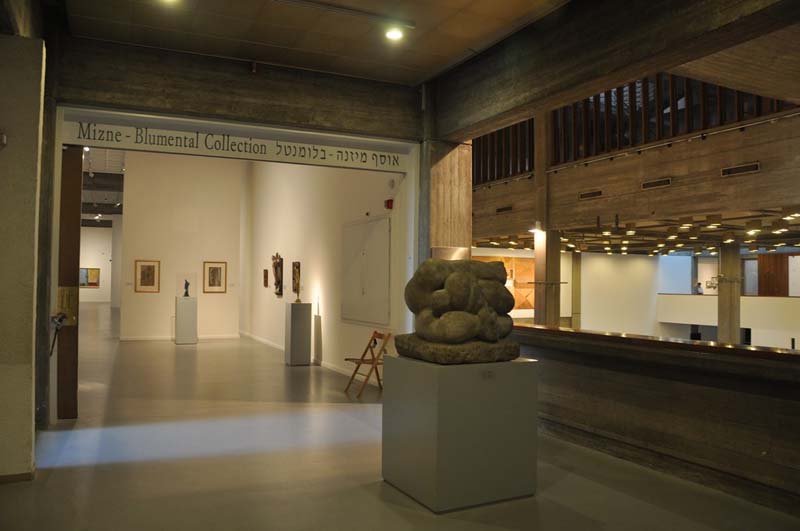
Dan Eitan and Itzhak Yashar, Tel Aviv Museum of Art, Israel, 1971.Photograph by Alona Nitzan-Shiftan, 2011.
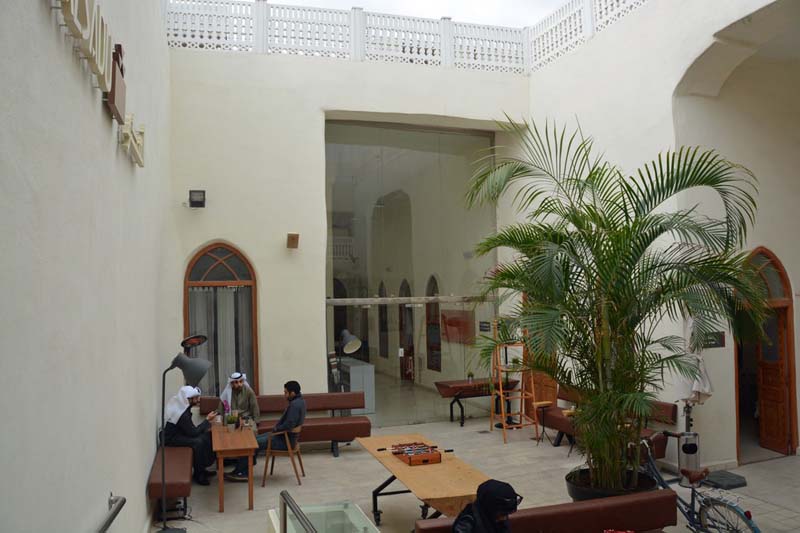
Beit al-Sadu, Kuwait City, Kuwait. An early 20th century house destroyed in the 1936 flood and rebuilt in adobe and concrete, it now houses a cooperative dedicated to preserving and exhibiting traditional Bedouin sadu weaving. Photograph by Dell Upton, 2016.
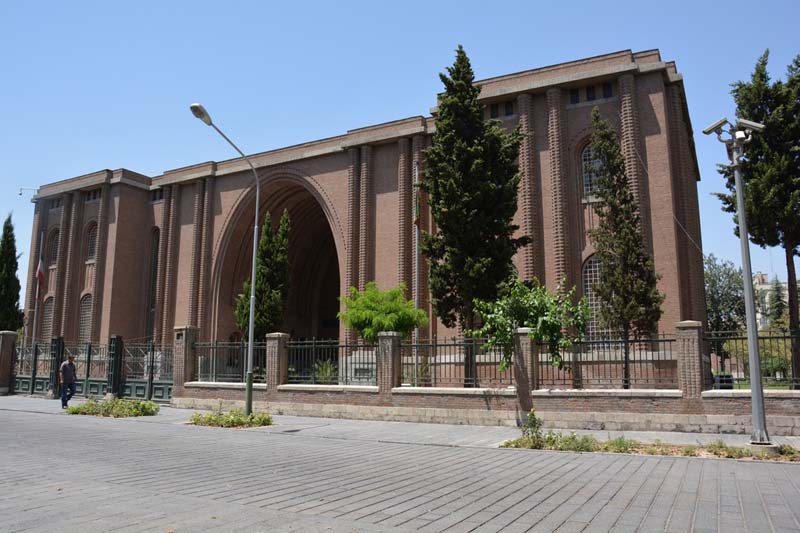
André Godard, Archaeological Museum of Iran (part of the National Museum of Iran; also known as Iran Bastan Museum), Tehran, Iran, 1937-38. Godard, the head of the Archaeological Service, designed the museum in the Sasanian style. Photograph by Sahar Hosseini, 2013.
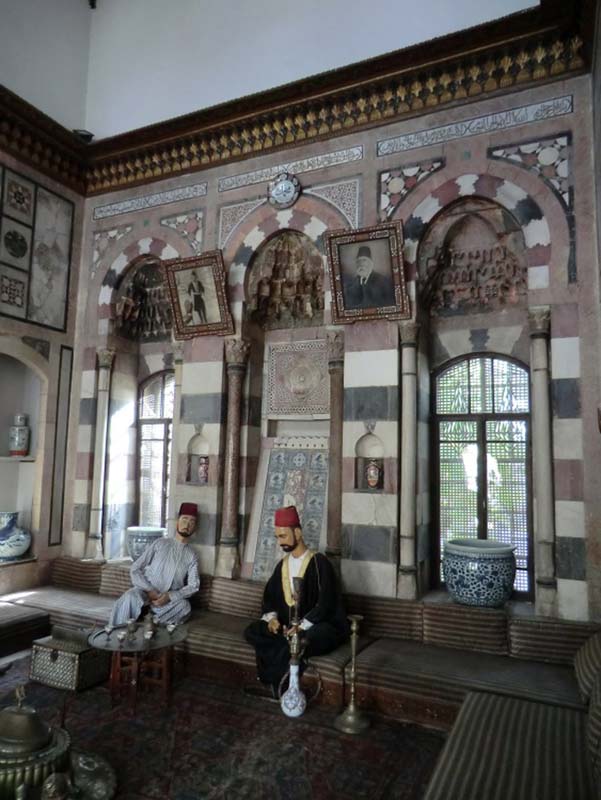
Museum of Arts and Popular Traditions, Azm Palace, Damascus, Syria.View of a room in the main reception building of the selamlek (men’s quarters). Built in 1749 as the private residence of As'ad Pasha al-'Azm, the palace was heavily damaged in the 1920s, and restored 1954-1965 by Michel Ecochard. Photograph by Lisa D. Schrenk, 2010.


